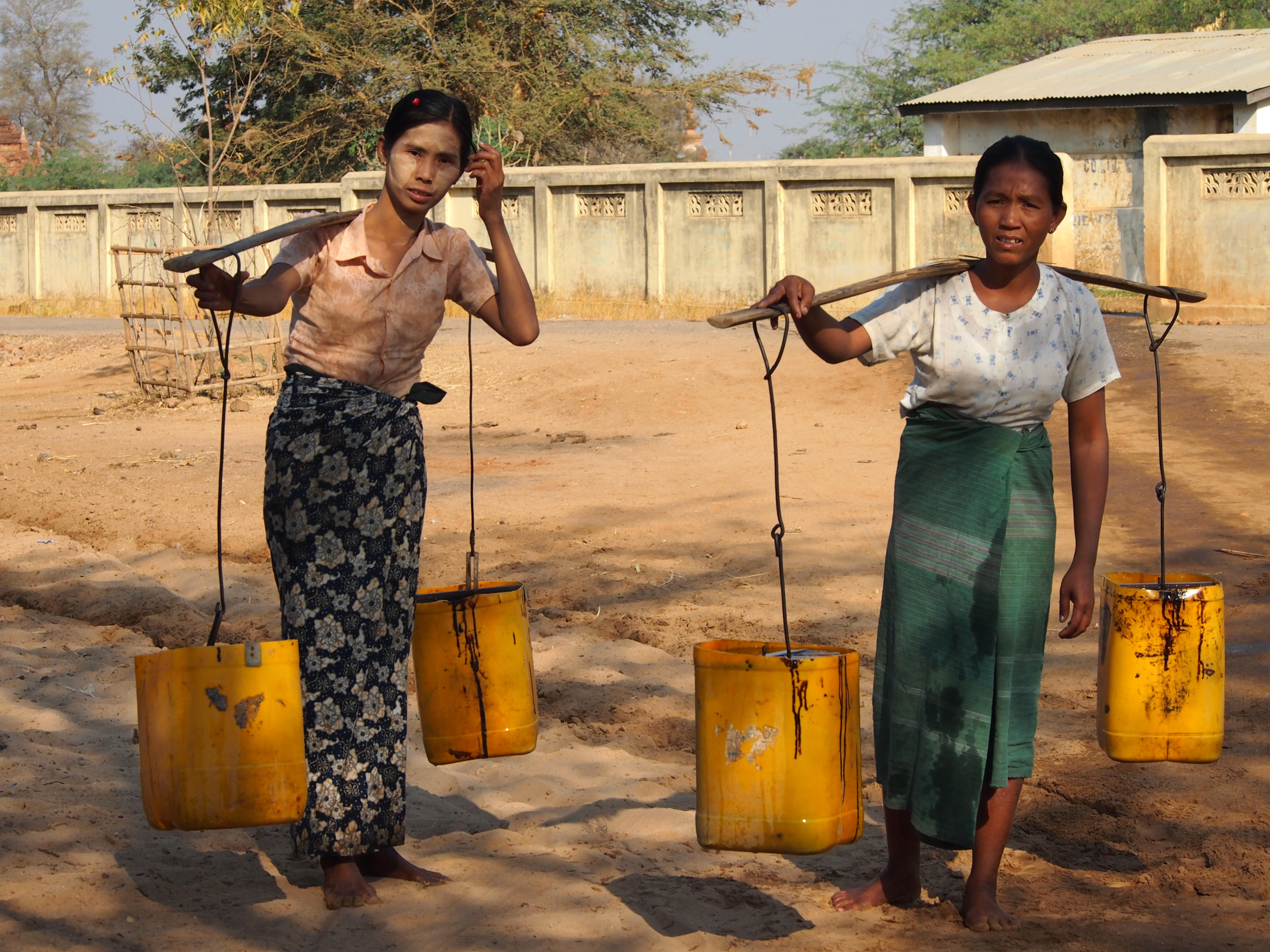5 Facts about Poverty in Myanmar

Myanmar is a country in Southeast Asia and is one of many developing countries facing the same issues as those on other continents. Poverty in Myanmar could resolve through greater access and investment in resources such as food and safe drinking water. Here are five facts about poverty in Myanmar.
5 Facts About Poverty in Myanmar
- Living Under $1 Per Day. In Myanmar, the percentage of those living on less than $1 per day was 24.8% in 2017. Although this is a large drop from 48.2% in 2005, there is still a long way to go to measure up to other developing countries. However, the Myanmar economy has improved since 1987 when ill-prepared monetary and fiscal policies sent the country into a depression.
- Wars with the Rohingya Muslims. One of the most significant and recent culture wars was with the Rohingya Muslims. This event happened only 3 years ago, with the Myanmar military burning down villages and abusing women. As a result, three out of four Rohingya Muslims had to leave their homes and find a new life.
- Maternal Mortality Rates. In 2017, the maternal mortality rate was 250, which is significantly better than in 2000, when the number was 340. Improved health care access was the main driver for saving Myanmar mothers. However, there is a lot of room for improvement.
- Agriculture Factor. Poverty in Myanmar persists because of farming. Farming is a profession that can serve as an economical boosting point and form a tax base for a more ambitious industry. A worker in Myanmar can only harvest 23 kg of rice per day. Additionally, this is around 20 kg less than in neighboring countries such as Thailand and Vietnam. Increasing agricultural output will promote self-sufficiency and political stability. There are many programs in place that try to provide such solutions through loans and community outreach. For example, the World Bank approved $200 million in loans to farmers that were facing increased animal feed prices and the inability to move food to local markets, hoping to prevent an economic contraction because of COVID-19.
- Access to Sanitation. Mobilizing local citizens to improve sanitation, improving health for small communities and limiting dependence on foreign aid can be extremely beneficial. That is what WASH (Wash, Sanitization and Hygiene) services aim to do. They give technologies such as anti-defecation water pumps and toilets to community centers. As a result, this improved conditions for more than 150,000 Myanmar citizens in 2018 alone. Such programs help in many other sectors than public health. Children stay in school longer when proper hand washing reduces disease. In addition, this creates even more positive effects in the country such as reduced poverty rate and maternal mortality rates.
Reducing poverty in Myanmar through actions such as improving access to proper sewage treatment is a manageable goal. All it takes is the improvement of existing infrastructure to make measurable and positive impacts on the world.
– Michael Straus
Photo: Flickr
